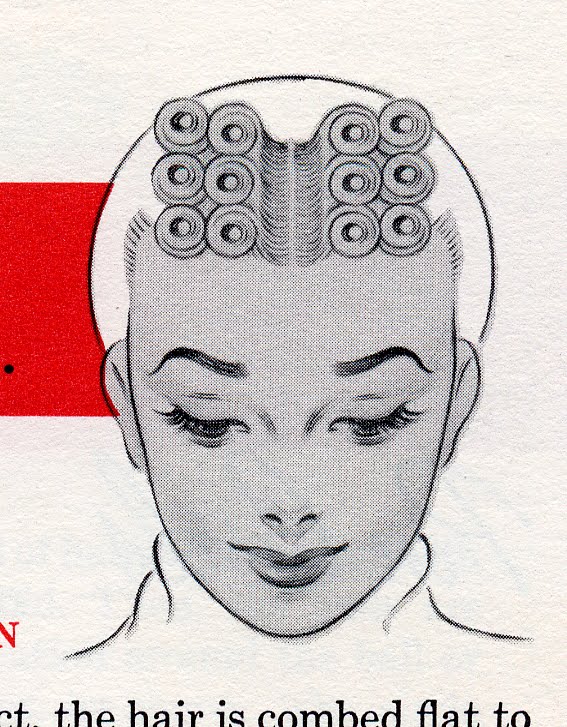
Sorry to geek out on you, but I believe it is important to understand the science of things in order to create proper art. Painters need to fully understand the color wheel. Photographers need to understand optics and the properties of light. Hairstylists need to know the physics and chemistry of hair. I know a lot of you could care less about the physics and chemistry of hair since you are not, in fact, trying to make a living styling hair. But I would argue that a basic understanding of it will make you better at retro styling your own hair, mainly on creating curls.
I get a lot of emails from girls wanting to know how to better make the curl work in their own hair. It is a tough thing. Some girls, particularly girls who bleach, can get a curl with little to no effort. I know, I was a bleacher for a while and I could get the best, longest lasting curls out of it. And then some girls fight to keep a curl for a day because they either live in humidity, have thick, heavy hair that pulls curl down, or their hair is so fine it just lays limp. So I’d like to shed some light on how a curl happens and why it is what it is in hopes that it sheds some light on why your hair may not be doing what you want it to do.
Let’s start with a setting. We see and hear it all the time in hairstyling. I use it all over the place in the book Vintage Hairstyling, particularly when I refer to a wet set. Some definitions of set according the Webster’s New World Dictionary are:
- to put in proper condition; fit, adjust, arrange, fix in a desired style
- to make settled, rigid, or fixed
- to become firm, hard, or fixed

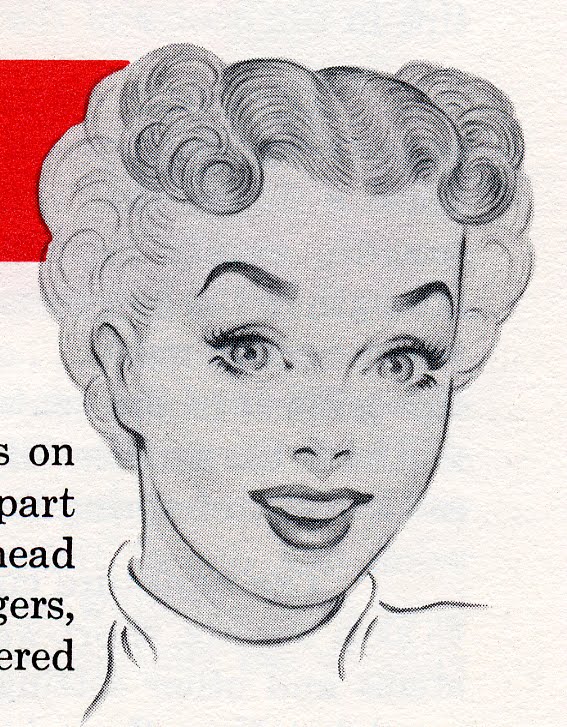
That basically sums up exactly how set relates to vintage hairstyling and the curl. 1. It begins with the action of forming the hair into the desired shape. 2. When you do this with the proper ingredients of heat, water, or chemical, you are making that curl fixed. 3. Once the action has taken place with the proper ingredients, the hair becomes the fixed shape.
AM I BORING YOU YET? 🙂
Next we come to how chemistry plays a part in the curl of your hair. The girls who have already passed their cosmetology exams and are very happy they are over may skip all this mumbo jumbo if they like. Otherwise, read on. I am a geek, because I find this kind of stuff totally interesting.
There are four kinds of bonds that hold hair together. The first and most important are peptide bonds. Without getting too long winded, they are the kinds of bonds that you don‘t want to break. They hold the hair together, keep it healthy, and prevent breakage. When you damage your hair enough, those bonds are broken and so is your hair. It is “fried, dyed, and laid to the side,” as my beauty school teacher Miss. Lill put it. Lill claims the origin of this saying is the perming machines from the early part of the century. When a hairstylist was taking the rollers off the client and found hair that was damaged to the point of the breakage, they would put the broken strands in their smock pocket “to the side” to keep the client from seeing. It is pretty hard to damage your hair that much, but too much bleach or the wrong perm can cause this.

The other three kinds of bonds are the ones that we are concerned with in curl creation. These side bonds are Hydrogen bonds, Salt bonds, and Disulfide bonds. Each can be broken and reformed by easy means. They connect the polypeptide chains that make up the cortex of the hair shaft like rungs of a ladder.
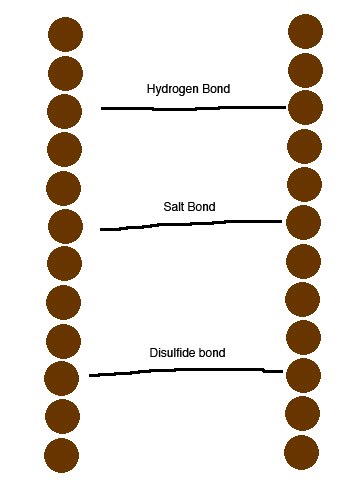
Hydrogen Bonds
Physical side bond that is easily broken by water or heat
The hydrogen bonds reform after the hair has dried or cooled. This is why it is helpful to allow hair to cool pinned in the curl and why your hair won’t hold the curl until it is fully dry. That is also why humidity levels in your area or sweating have a direct effect on how long certain curls last. Hydrogen bonds are the weakest kind, but because there are so many, 1/3 of hair’s strength comes from these bonds.
Salt Bonds
A physical bond, but are broken by changes in pH levels.
The natural pH level of hair is 5. Neutral is 7. Salt bonds are broken by alkaline and acidic solutions. 1/3 of hair’s strength comes from these bonds. Water is generally neutral which can break the salt bonds until the hair dries. The pH level of water at 7 on your pH level 5 hair breaks some of those bonds, making the set longer lasting. This is where hair product can help also. Thermal stylers and setting lotion adds a small pH shift to the hair to add hold. I honestly don’t have conclusive proof of the effect of water and stylers on salt bonds, so I wouldn’t include this info in any term papers, but based on what I know about chemistry, it is the conclusion that I come to, my hypothesis. Wow. I haven’t used that word since college biology.
Disulfide Bonds
These are chemical side bonds
The way they are broken is through the chemicals of perms and relaxers. The bonds are only reformed with chemical neutralizers. And these reformed bonds can not be broken again until another perm is given. That is why a perm holds up to shampooing, heat, and all. You can use heat and wet sets to direct the hair and make the curl a little different, a little bigger, a little wavy, but after shampooing, the perm comes back for a clean slate to style on. That is why women did perms back in the day. You got the perm to create a longer lasting curl, so when you did your pin curl or fingerwave or roller, your curl would last until your next shampoo the following week, all because you had those disulfide bonds broken and reformed into a curl on a perm rod.
The image below is officially the worst drawing I have ever created for the website, but it gives you a basic idea of what I am trying to convey about side bonds. The left drawing is a straight hair strand and the connecting side bonds. The next is that same hair strand bent into a curl with out breaking any bonds. The third is what happens when a certain kind of bond is broken, the hair is curled and the bonds reform to different sections while hair is in the curl shape.
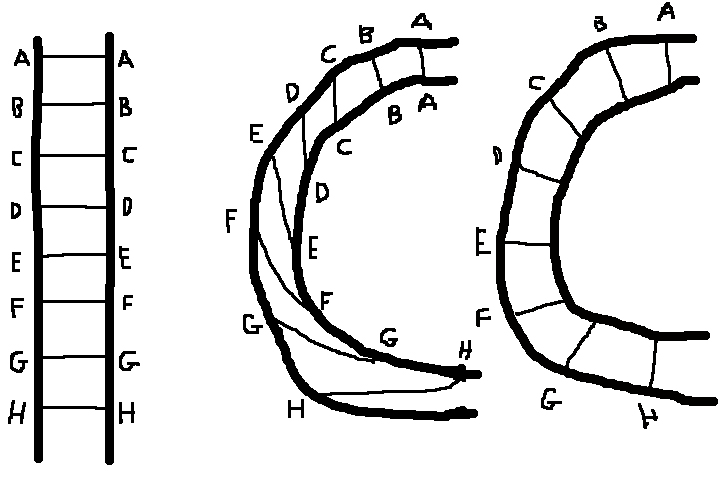
So keep in mind for the future when you are breaking your bonds and trying to reform them, what method you are using has a direct effect on what conditions it will last under and if the curl isn’t lasting, you may need to try breaking a different bond.
Related posts
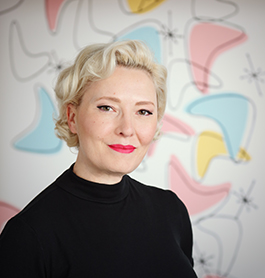
Welcome to the Bobby Pin Blog! I am Lauren Rennells and as a hairstylist, makeup artist, writer, and generally artistic over-achiever, the Bobby Pin Blog is my outlet for thoughts and research about vintage hair and makeup trends and how to recreate them today. Thank you for stopping by!
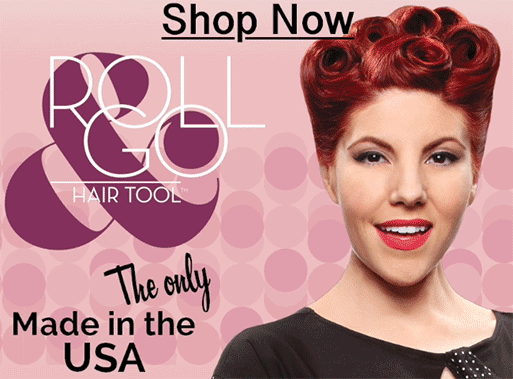
As an Etsy and Amazon associate I earn from qualifying purchases. As an independent blogger, I link these items because of my own opinions and not because of the commission I may receive.
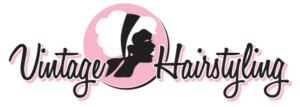
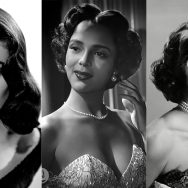
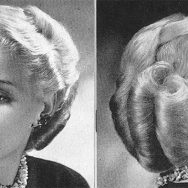
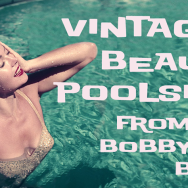

14 Comments
Diva
But how oh how, to put curles (by yourself) in a slightly texturized afro/caucasian hair. Now THATS the question ;9
Wearing History
Fascinating! Thanks!
My hair isn’t holding at all these days. I’ve considered getting a perm. Any tips on what to look for in a stylist?
The Glitzkrieg
My “Miss Yolanda” would talk about “pocket curls”… From the same origin of the term!
Molly M.
Thanks for this! I just got your book for Christmas and am eager to try things out. I had just learned to pin curl my hair by myself before I got your book. My problem is that my hair is fine, straight and there is lots of it and it won’t hold a curl for long. Setting lotion helps as does letting the pin curls sit for long hours (I’ve gone up to 24 before taking them out and they still don’t last more than 5-8 hours). My stylist suggested a perm but then said it would take longer for my hair to dry so I don’t know what to do. Maybe I’ll show her this and see if it really is something I need to keep in mind. But,anyway, I appreciate you posting this. I’m not good at chemistry but it kind of makes sense. 🙂
TrippyTexan
Thanks SO much for posting this! It really is helpful to know a little bit of the science behind hair styling. My hair has gotten a bit thinner over the past few years, and we just recently moved to a very humid area… getting it to hold any kind of style beyond frizzy and/or limp has been a struggle. I would welcome your opinion on the chemistry of modern perms and styling options.
Amanda
Great tutorial. The only way I can get mine to set is pin curls I’ve slept in over night. I’ve got heavy straight hair and I rarely use products so its pretty healthy. I suppose if my hair was more damaged, it might work better 🙂
Kate
That was actually extremely interesting! Thanks for sharing!
Betsy (formerly Gingerella)
I know nothing about chemistry or science but this helped me to understand why women in the past could get by without washing their hair everyday. Thanks for the lesson!
just be awesome instead
This was so interesting! I never really thought about how or why my hair curled–just that I have a friggen hard time doing it! Thanks for the information!
SuzyQ
Funny, I was coming to your blog this morning to ask for your help. I had tried to do one of your sets and have had another wasted night sleeping on curlers only for the curl to fall out immediately the brush went near it. My fine, but lots of it, hair is refusing to hold a curl at the back. I am beside myself. Brushing out a set just brushes the hair to straight.
Very interesting but I am at a loss on how to apply it. I am just at a loss – with one week to the Trocedero night in Sydney.
Lauren
love this post. my mentor cherie always talked about “pocket curls” gotta be the same origin for the phrase 🙂
Basinah
I’m with Suzy Q, I also find this interesting, but don’t know how to apply it.
I also have a lot of long, very fine “virgin” hair – never chemically processed – that holds a curling iron curl for about 20 minutes, on a good day.
Loving your blog so far, btw, and will keep looking around, maybe the answer is elsewhere …
Grace Lynn
I love pincurls, but they fall out so quickly because my hair is either too fine or too heavy (No clue, sorry….) or basically it hates me. I’m considering maybe getting a perm to help keep a wet set of pincurls lasting longer, but perming my hair made me nauseous and made my hair frizzy. Is it worth it nonetheless? Is there another way I can help keep my curls lasting?
LaurenR
Perms are pretty nauseating. Before you resort to that, make sure you are using a good hair setting lotion. It really does make a difference! I have done side by side comparisons with and without and it makes all the difference in the hold of the curl. Lotta Body works wonderfully. And if you are having trouble with pin curls, your hair may need a tighter wrapping. Here is where I shamelessly plug one of my products. The Rockin’ Rollers on vintagehairstyling.com really do amazing things. You can see a review of the soft hair rollers from another blogger here. Good Luck!